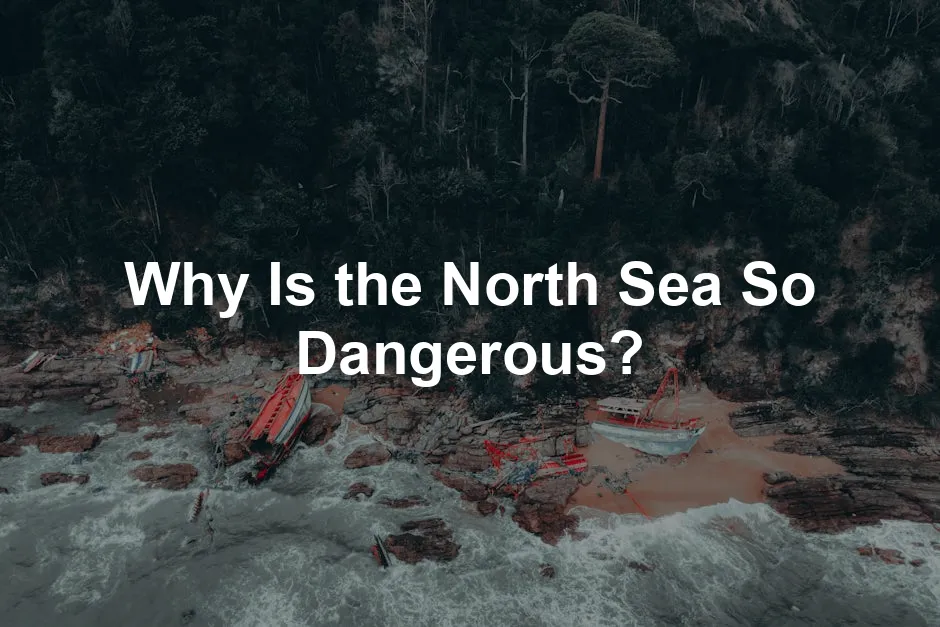
Why Is the North Sea So Dangerous?
Introduction
The North Sea has a fearsome reputation. Stormy waters and unpredictable weather make it one of the most dangerous seas. Factors like heavy maritime traffic and a history of tragic incidents add to this notoriety. What makes this body of water so intriguing yet perilous?
Summary and Overview
The North Sea lies between Great Britain and mainland Europe. It encompasses countries like Norway, Denmark, and the Netherlands. This sea spans about 220,000 square miles and is vital for trade, fishing, and energy. However, its dangers are numerous. Storms can arise quickly, creating treacherous conditions. The busy shipping lanes also increase collision risks. Fishermen and tourists must be aware of these hazards. Understanding the North Sea’s dangers can help ensure safer navigation and enjoyment for all who venture here.
One essential tool for navigating these tricky waters is a reliable navigational chart. These charts provide vital information about water depths, hazards, and navigational aids, making them indispensable for any mariner. Don’t leave the shore without one!
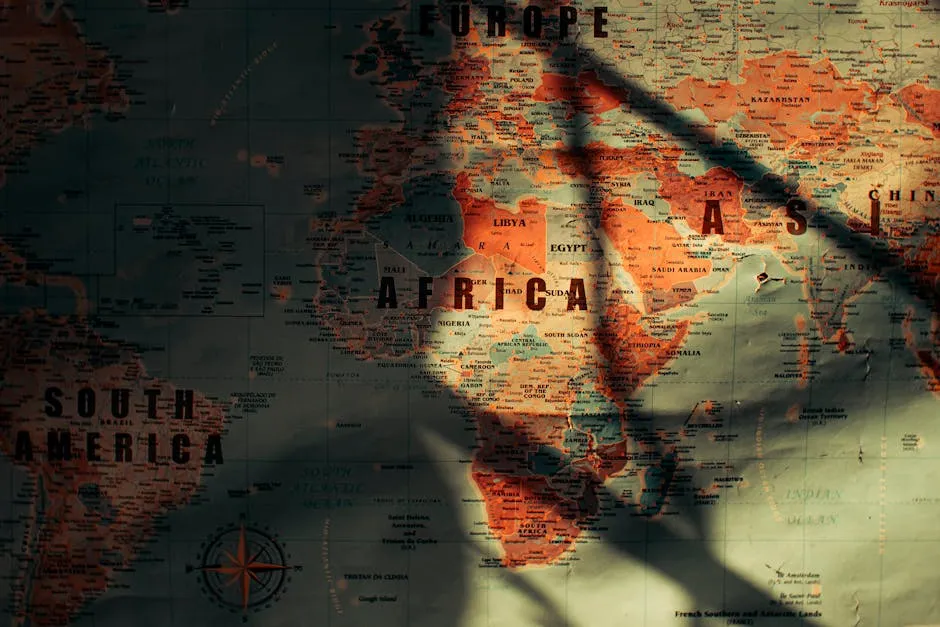
The Geography of the North Sea
Key Features
The North Sea is bordered by several countries: Norway, Denmark, Germany, the Netherlands, Belgium, and the United Kingdom. Its geographical boundaries are defined by the English Channel to the south and the Norwegian Sea to the north. This body of water is relatively shallow, with an average depth of about 95 meters.
Significant underwater features include the Dogger Bank, a fishing hotspot, and the Norwegian Trench, which reaches depths of 725 meters. The coastline varies dramatically. Norway’s northern shores are rugged and steep, while the southern shores feature low, marshy landscapes. Major ports like Rotterdam and Hamburg handle a vast amount of shipping traffic, making this area a crucial hub for maritime activities. The North Sea’s geography plays a significant role in its unpredictable nature, influencing weather patterns and maritime navigation.
Speaking of navigation, having a good pair of marine binoculars with rangefinder can be a game changer. They help you spot other vessels and potential hazards from a distance, ensuring you can steer clear of trouble before it finds you!
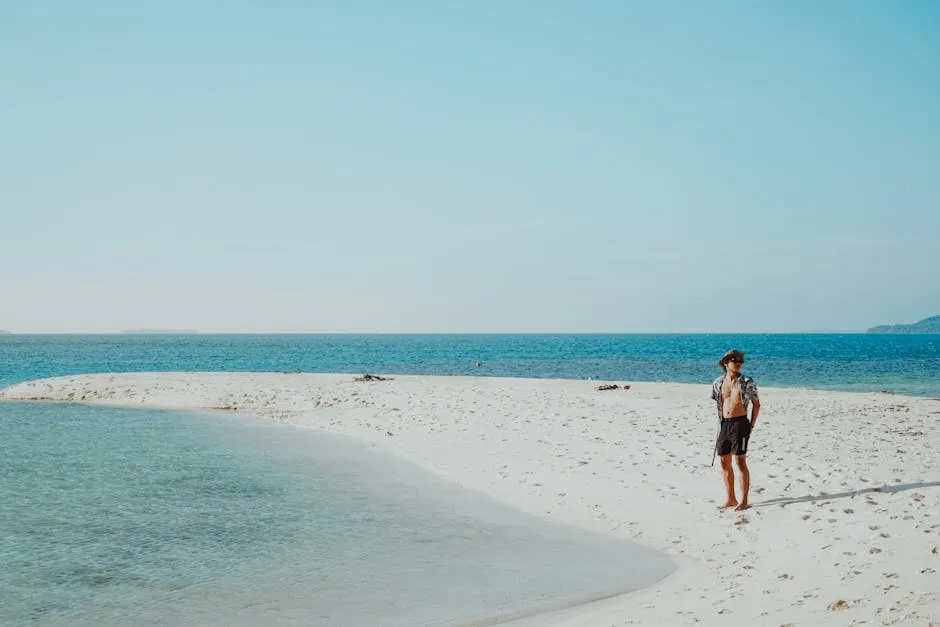
Weather Conditions
The Impact of Severe Weather
The North Sea is infamous for its unpredictable weather. This instability can make navigation incredibly challenging. Storms sweep in rapidly, often without warning. These storms can be severe, bringing high winds and massive waves. Did you know that the North Sea experiences over 50 storms annually?
In summer, temperatures average around 17°C, while winter sees a drop to about 6°C. Seasonal temperature variations contribute to the creation of fog. This fog can significantly reduce visibility, complicating safe passage for vessels.
Navigating through foggy conditions is nerve-wracking. Visibility can drop to just a few meters. In these situations, mariners must rely heavily on their instruments. The combination of storms and fog makes the North Sea a perilous environment for sailors and fishermen alike. Understanding these weather patterns is crucial for anyone venturing into these waters.
When it comes to keeping informed, a weather radio with NOAA alerts is an essential gadget. It provides timely storm updates, giving you the heads-up you need to adjust your course or hunker down safely.
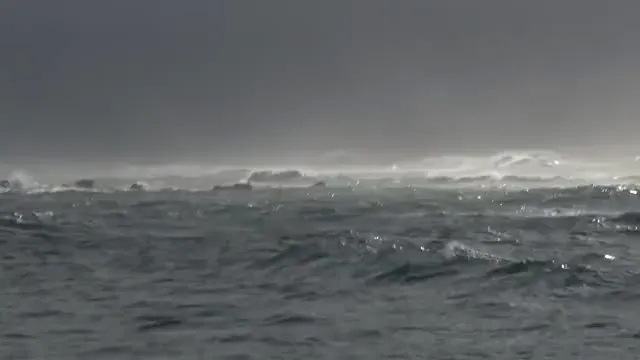
Navigational Challenges
Maritime Traffic
Navigating the North Sea can feel like maneuvering through a bustling highway. This sea is one of the busiest shipping lanes in the world. A high volume of vessels, including cargo ships, fishing boats, and tankers, travels these waters daily. With so many vessels, the potential for collisions is significant.
In fact, the North Sea sees thousands of commercial vessels annually. This heavy traffic demands careful coordination and communication among mariners. Incidents like the 2023 cargo ship collision remind us of the risks involved.
Maritime traffic control is essential for safety. The busy shipping lanes require constant monitoring to prevent accidents. Sailors must be vigilant, as navigating through these congested waters poses unique challenges. Awareness of maritime traffic is vital for safe navigation in the North Sea.
For peace of mind while navigating, consider a portable GPS navigator. This nifty device will help you keep track of your location and course, minimizing the chances of ending up in the wrong place at the worst time!
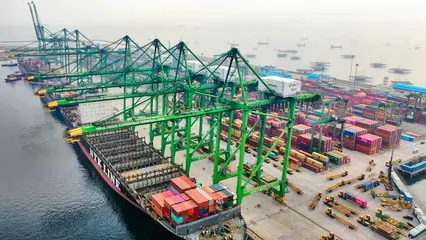
Historical Incidents
Notable Disasters
The North Sea has witnessed several tragic maritime disasters. These events have shaped safety protocols and maritime practices. One significant incident is the Piper Alpha disaster in 1988. This catastrophic oil rig explosion claimed 167 lives and highlighted the need for stricter safety regulations.
Another notable event occurred in 1953 when a storm surge led to catastrophic flooding. More than 2,000 people died across the UK, Belgium, and the Netherlands. This disaster prompted improvements in coastal defenses and emergency preparedness.
Recent incidents continue to underline the North Sea’s dangers. For instance, a cargo ship collision in late 2023 resulted in the loss of five crew members. Such events remind us that risks remain high, even with advancements in technology and safety measures.
Lessons from these disasters emphasize the importance of vigilance. Improved safety protocols and better training for crews are now standard. Continuous learning from history helps protect lives and improve maritime safety in these perilous waters. The North Sea’s reputation as a dangerous sea is well-deserved, but awareness and preparation can mitigate risks.
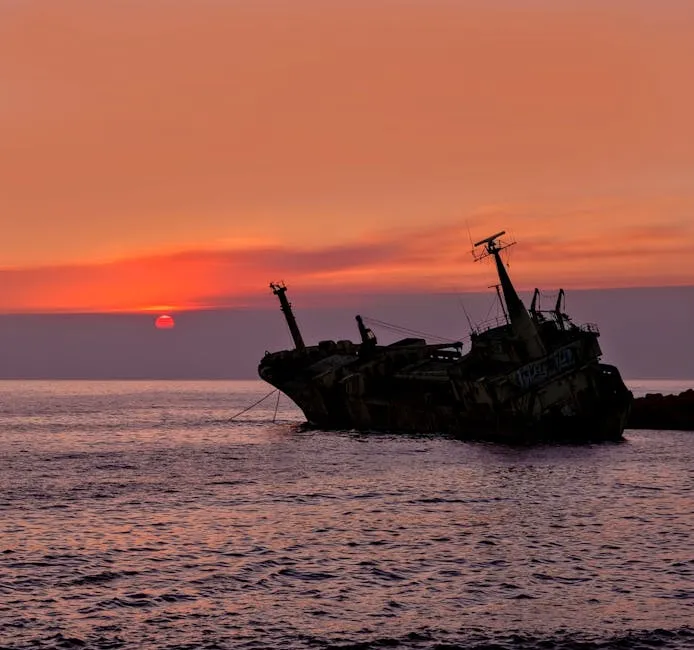
To be prepared for emergencies, consider investing in a marine first aid kit. Having the right supplies on board can make all the difference when it comes to safety and health at sea!
Environmental Factors
Ecological Sensitivity
The North Sea is a rich yet delicate marine ecosystem. This sea supports over 230 species of fish, including important species like cod and haddock. Unfortunately, human activities pose serious threats to its health. Pollution and overfishing are significant issues affecting marine life. Excessive fishing practices deplete fish populations and disrupt ecosystems.
Pollution comes from several sources, including oil spills and agricultural runoff. These contaminants harm marine organisms and reduce biodiversity. The health of these ecosystems is critical not just for marine life, but for humans too. Healthy oceans provide food, support tourism, and help regulate climate.
Conservation efforts are underway to protect this fragile environment. Initiatives aim to reduce pollution and promote sustainable fishing practices. Organizations like the OSPAR Commission work to safeguard marine biodiversity. Awareness of these ecological challenges is vital for preserving the North Sea for future generations.

For those looking to explore the marine life of the North Sea, a guide to marine life can be an exciting resource. It can help you learn about the diverse species inhabiting these waters and foster a greater appreciation for this unique ecosystem.
Understanding how environmental factors impact various ecosystems, including the North Sea, is crucial for conservation efforts.
Safety Measures and Technology
Modern Advancements
Technology has significantly improved safety for those operating in the North Sea. Modern ships are equipped with advanced navigation systems. These systems help vessels avoid hazards and ensure safe passage. Enhanced radar and GPS technology allow for better tracking of maritime traffic.
Weather forecasting has also advanced dramatically. Today’s forecasting systems provide accurate updates on storm conditions. Mariners can make informed decisions based on real-time data. This information is crucial for avoiding dangerous weather patterns.
Safety protocols for maritime operations have evolved as well. The industry now emphasizes crew training and emergency preparedness. With these advancements, the risks associated with navigating the North Sea are more manageable. As technology continues to grow, so too does the safety of those who work and travel in these challenging waters.
For any seafarer, a waterproof marine radio is a must-have. Staying connected, especially in emergencies, can be a lifesaver when out on the unpredictable waters of the North Sea.
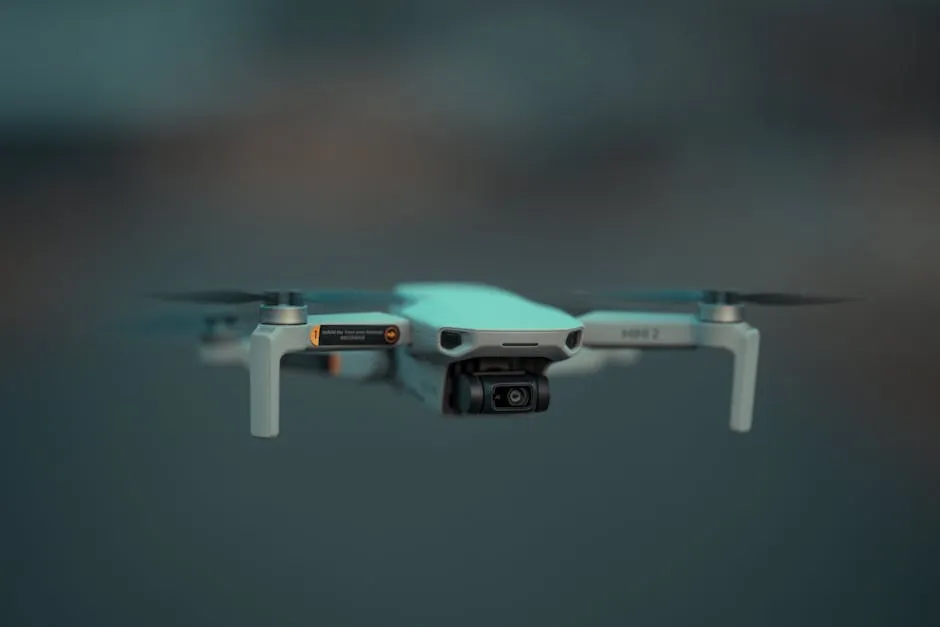
Conclusion
The North Sea is notorious for its dangers. Sudden storms, dense fog, and heavy maritime traffic all contribute to its perilous reputation. Historical disasters, such as the Piper Alpha tragedy and the 1953 flood, highlight the risks faced by those who navigate these waters.
Awareness and preparedness are essential for anyone venturing into the North Sea. Understanding its unpredictable nature can help sailors, fishermen, and tourists make informed decisions. By respecting this formidable body of water, we can better ensure safety and enhance our experiences on the sea.
Don’t forget to equip yourself with a life jacket with whistle and light. It’s like bringing your own personal lighthouse along for the ride, ensuring you stay safe and visible, even in the darkest of waters!
What makes the North Sea one of the most dangerous seas in the world?
The North Sea dangers stem from unpredictable weather, treacherous waves, and high shipping traffic. Its shallow depths contribute to severe storms and rough conditions. The combination of these factors creates numerous hazards at sea, making navigation risky.
What are some historical events that highlight the risks of the North Sea?
Notable North Sea disasters include the Piper Alpha explosion in 1988, which claimed 167 lives, and the 1953 flood that resulted in over 2,000 deaths across several countries. These historical incidents emphasize the sea’s potential for tragedy and the need for stringent safety measures.
How do weather conditions affect safety in the North Sea?
North Sea weather is notoriously unpredictable, with storms occurring frequently. High winds and rapidly changing conditions can create dangerous situations for vessels. Fog is also common, reducing visibility and complicating navigation, making safe passage difficult.
What safety measures are in place for vessels operating in the North Sea?
Maritime safety in the North Sea involves advanced navigation technology and weather forecasting systems. Ships are equipped with modern equipment to help avoid hazards. Additionally, crews undergo training to prepare for emergencies, ensuring that safety protocols are followed.
What types of vessels operate in the North Sea?
The North Sea witnesses a diverse range of shipping traffic. Common vessels include cargo ships, fishing boats, and offshore oil rigs. The high volume of maritime traffic necessitates careful coordination to avoid collisions and ensure safe navigation throughout these busy waters.
Please let us know what you think about our content by leaving a comment down below!
Thank you for reading till here 🙂
All images from Pexels




